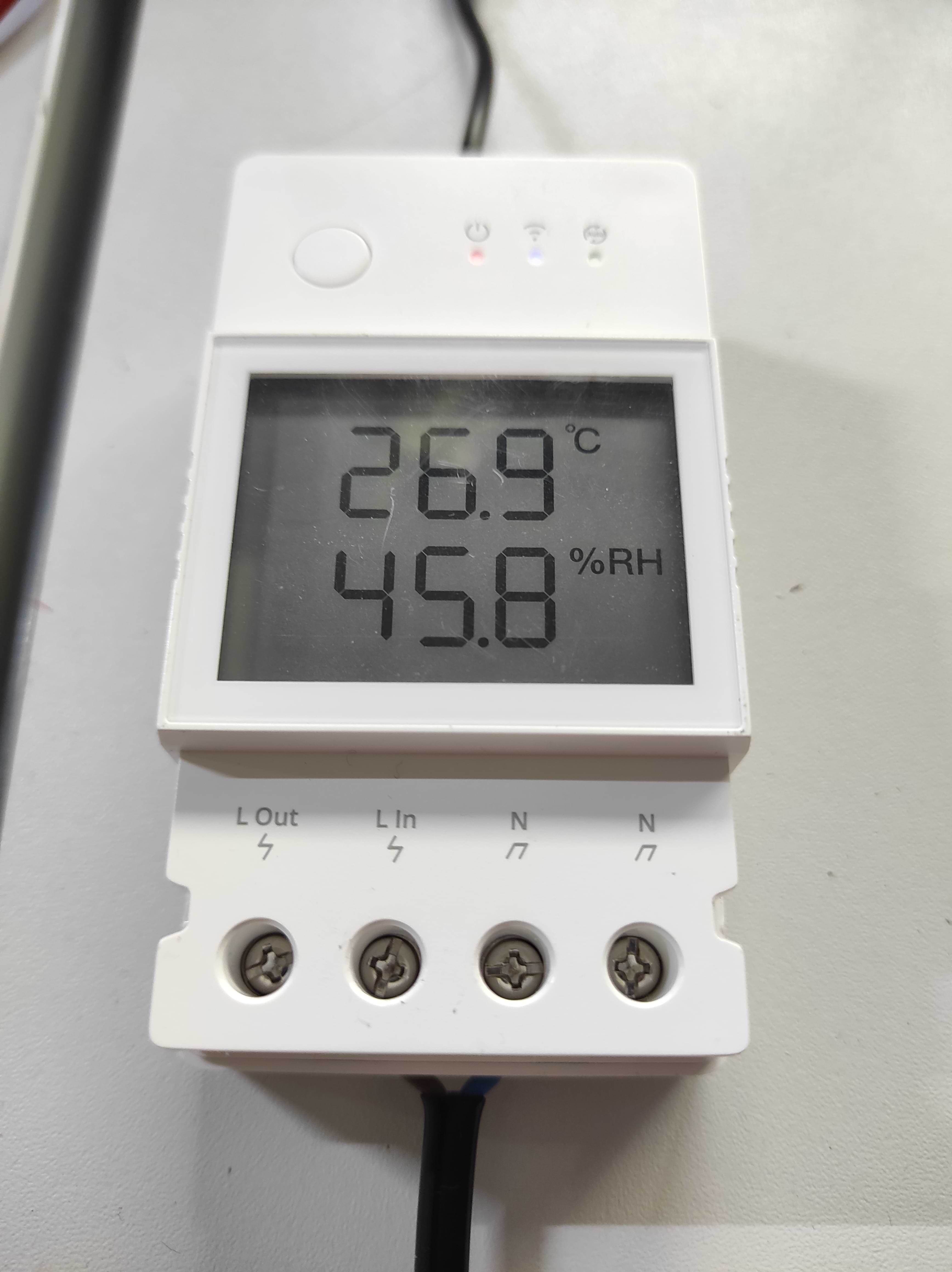TM1621 LCD Display
The tm1621 display platform allows you to use the popular TM1621 LCD display drivers with ESPHome, that can find in Sonoff device like THR316D, THR320D, POWR316D or POWR320D

The LCD have four signal, cs for chip select, data for data signal, read for reading data dir and write for writing data dir
# Example configuration entry
display:
platform: tm1621
id: tm1621_display
cs_pin: GPIOXX
data_pin: GPIOXX
read_pin: GPIOXX
write_pin: GPIOXX
lambda: |-
it.printf(0, "%.1f", id(my_sensor1).state);
it.display_celsius(true);
it.printf(1, "%.1f", id(my_sensor2).state);
it.display_humidity(true);Configuration variables
cs_pin (Required, Pin Schema): The pin you have the CS line.
data_pin (Required, Pin Schema): The pin you have the DATA line.
read_pin (Required, Pin Schema): The pin you have the READ line.
write_pin (Required, Pin Schema): The pin you have the WRITE line.
lambda (Optional, lambda): The lambda to use for rendering the content on the TM1621. See Rendering Lambda for more information.
update_interval (Optional, Time): The interval to re-draw the screen. Defaults to
1s.id (Optional, ID): Manually specify the ID used for code generation.
Rendering Lambda
The TM1621 has a similar API to the fully fledged Display Rendering Engine, but it’s only a subset as the TM1621
LCD displays don’t have a concept of individual pixels. In the lambda you’re passed a variable called it
as with all other displays. In this case however, it is a TM1621 instance (see API Reference).
The most basic operation with the TM1621 is wiring a simple number to the screen as in the configuration example
at the top of this page. But even though you’re passing in a string (here "0123" ), ESPHome converts it
into a representation that the TM1621 can understand.
Each of the three methods (print and printf ) all optionally take a the line number (0 for first line and 1 for the second).
This argument is 0 by default.
Also note that the . (dot) character is special because when ESPHome encounters it in the string the dot
segment of the previous position will be enabled.
display:
- platform: tm1621
# ...
lambda: |-
it.printf(0, "%.1f", id(my_sensor1).state);
it.display_celsius(true);
it.printf(1, "%.1f", id(my_sensor2).state);
it.display_humidity(true);Please see Formatted Text for a quick introduction into the printf formatting rules.
Also we have five function to display or not some unites:
- °C on the first line :
display_celsius(bool) - °F on the first line :
display_fahrenheit(bool) - %HR on the second line :
display_humidity(bool) - V on the first line and A on the second line :
display_voltage(bool) - kW/h on the first line and W on the second line :
display_kwh(bool)

